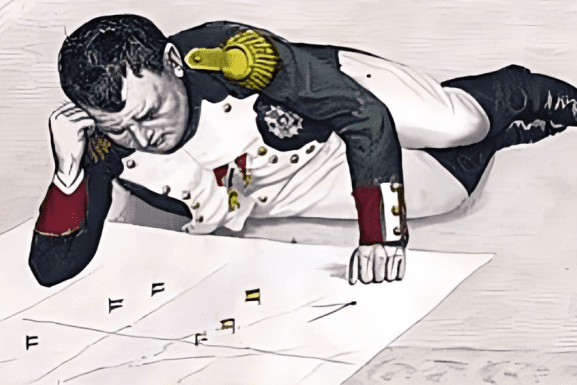blog | 3min Read
Published on January 21, 2025

Preparing for Ivy League admissions is no small feat, but expert guidance can make all the difference. Rishi Jalan, Founder of Big Red Education and a proud Cornell University graduate, brings a wealth of experience to the table. With a double major in Economics and Government. With acceptance rates often in the single digits, standing out in a pool of exceptional candidates requires more than just stellar grades and test scores. It demands a well-rounded application that highlights academic achievements, extracurricular passions, leadership skills, and a unique personal story. Whether you’re a high school student or a parent guiding your child, these expert tips will help you pave the way to Ivy League success.
Academic excellence and standardized tests.
A strong academic profile is built by excelling in challenging courses such as Advanced Placement (AP) or International Baccalaureate (IB), while maintaining a high GPA. For example, a student who takes AP Calculus and scores a 5 on the exam, while also excelling in other advanced subjects, demonstrates both academic rigor and subject mastery. While Ivy League schools like Harvard and Princeton have gone test-optional, a student with a 1550+ SAT score, in addition to academic achievements, can stand out and provide more data points for admissions. However, the focus should be on a holistic profile-test scores are just one piece.
Extracurricular activities.
Consider a student who, beyond joining the debate team, becomes its captain, mentors younger students, and organizes regional debate tournaments. This kind of leadership, coupled with personal growth, resonates with Ivy League admissions. For example, a student who founded a non-profit to provide tutoring for underprivileged students shows initiative, social responsibility, and leadership. The admissions committee values students who make a meaningful impact-starting a tutoring program that helps increase graduation rates at a local high school, for instance, would demonstrate a commitment to service, leadership, and problem-solving.
Essays and personal statements.
A standout personal essay might center on a life-changing experience, such as overcoming a serious health challenge or immigrating to the U.S. A student could reflect on how this experience shaped their worldview, highlighting their resilience and growth. For example, a student who struggled with dyslexia but ultimately developed a passion for literature by learning to read fluently might write about how that journey sparked their desire to help others with learning disabilities. The key is to use specific anecdotes that illustrate personal development, rather than simply stating achievements or ambitions.
Letters of recommendation.
A letter from a teacher who witnessed a student’s transformation could make a significant difference. For example, a high school math teacher who saw a quiet student grow into a confident leader after spearheading a successful STEM outreach project would provide detailed insight into that student’s intellectual curiosity and leadership. Similarly, a mentor who guided a student through an internship at a local hospital might discuss how the student not only demonstrated medical knowledge but also compassion for patients. These letters should go beyond generic praise and include examples that highlight the student’s specific contributions and personal strengths.
Researching the right fit.
A student applying to Yale might emphasize their passion for environmental policy, mentioning how they were inspired by Yale’s robust focus on sustainability and the Yale School of the Environment’s innovative research. They might reference specific professors whose work aligns with their interests or discuss the Yale Sustainability Program, noting how it will help them achieve their career goals. For example, a student applying to Columbia might express admiration for its core curriculum and how it complements their interest in global history. Demonstrating a clear connection between a school’s offerings and the student’s goals is critical in standing out.
Handling challenges and setbacks.
If a student experienced a drop in grades due to a family crisis, they could address this in their application, explaining the situation briefly but focusing on how they bounced back. For instance, if a student’s GPA dipped during a challenging time but they later improved it through consistent effort in subsequent semesters, they can discuss the personal growth they experienced. A student who faced the setback of a failed science project but used the feedback to develop a better project the following year, ultimately winning an award, could highlight this as an example of resilience and self-improvement. It’s important to show how setbacks were turning points for growth rather than just obstacles.






















